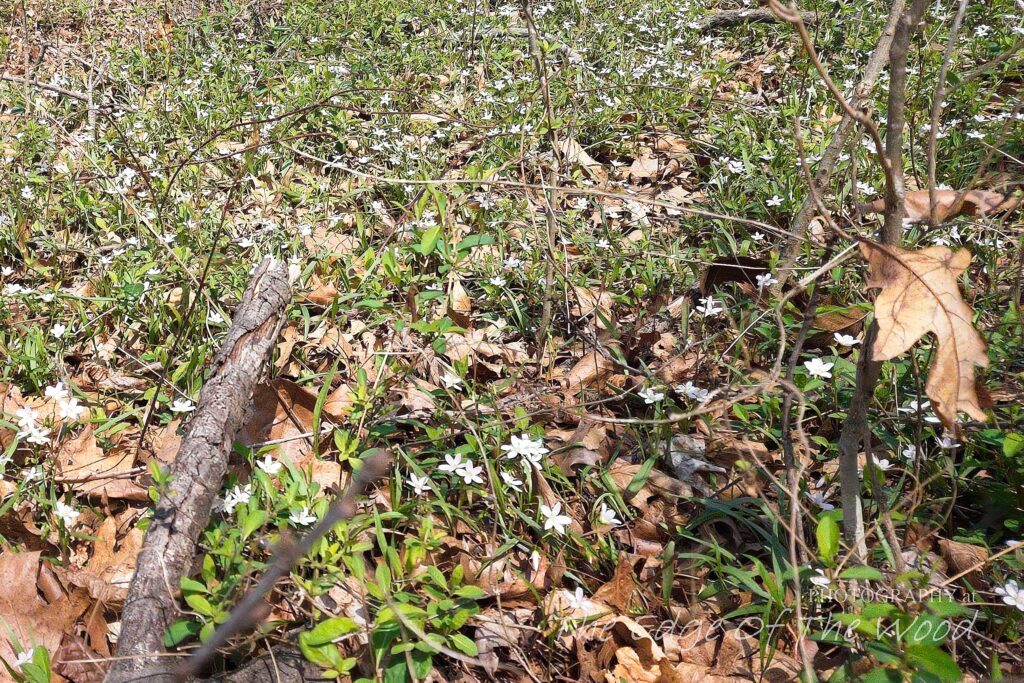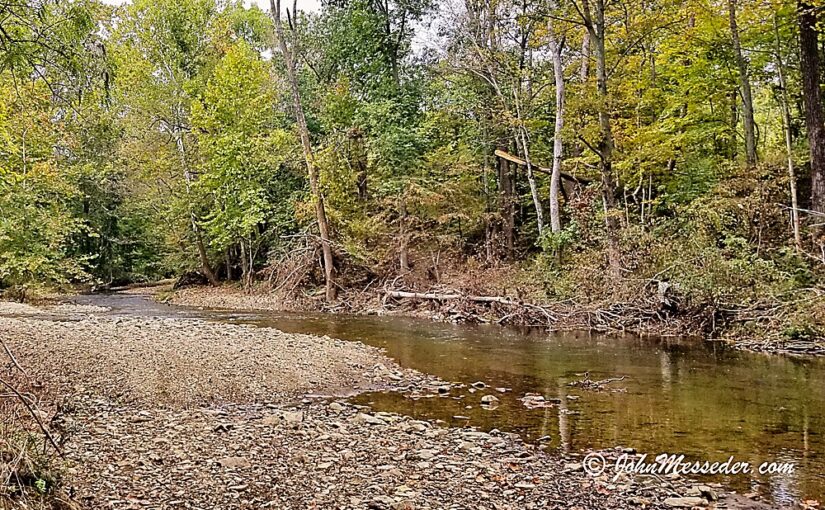 The woods are lovely, dark and deep. That line has rolled around in my ear for days, though my calendar is nearing summer and Robert Frost wrote “Snowy Evening” about a woods filling with snow.
The woods are lovely, dark and deep. That line has rolled around in my ear for days, though my calendar is nearing summer and Robert Frost wrote “Snowy Evening” about a woods filling with snow.
[pullquote]the floor is carpeted with last year’s leaves and this year’s ferns[/pullquote]Butterflies, small ones, like miniature Emperor Moths only drab-hued, flitter around clover blossoms. Higher in the trees, a flicker of yellow catches my eye, and is gone. I would like to believe it was a Monarch, because they are becoming scarce, but I didn’t see it well enough.
Closer in, and on or near the ground, several Red Spotted purple butterflies, so called because they are purple, mostly, with red spots among white accent marks, search the duff for goodies. They seem afraid of heights; I rarely see them higher than a few feet. Mostly, they seem to favor the edges of dirt roads and, at the lake, open pebbly beach areas with tall-grass surrounds. Continue reading Fantasyland just down the road












 In 2005, the Susquehanna River was listed by American Bassmaster magazine as one of the top five smallmouth bass fisheries in the United States. No longer.
In 2005, the Susquehanna River was listed by American Bassmaster magazine as one of the top five smallmouth bass fisheries in the United States. No longer.

 Something caught my eye, something that didn’t quite belong among the long green needles. I don’t know why I looked up for it, except that I habitually wander around with my eyes pretty wide open, the better to see stumps and other things I might run into while walking through the woods or paddling close along the shore.
Something caught my eye, something that didn’t quite belong among the long green needles. I don’t know why I looked up for it, except that I habitually wander around with my eyes pretty wide open, the better to see stumps and other things I might run into while walking through the woods or paddling close along the shore.
 Last month, the EPA announced new regulations that will require natural gas drillers to capture the methane they ordinarily allow to escape before they cap their well. The new rules take effect in 2015.
Last month, the EPA announced new regulations that will require natural gas drillers to capture the methane they ordinarily allow to escape before they cap their well. The new rules take effect in 2015. We had picked up the Messeder Space Pod in Myrtle Beach on a Thursday afternoon and headed home. Somewhere a little south of Petersburg, Va., we decided to start looking for a place to pull in for the night.
We had picked up the Messeder Space Pod in Myrtle Beach on a Thursday afternoon and headed home. Somewhere a little south of Petersburg, Va., we decided to start looking for a place to pull in for the night.